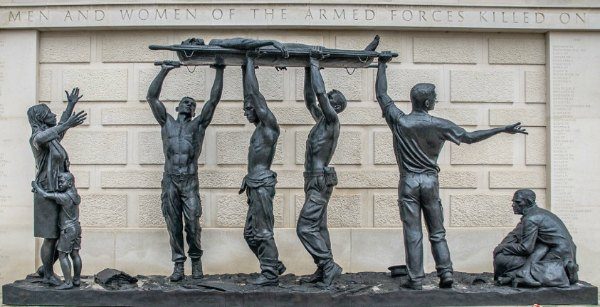
17232 Private Joseph Henry Boothby
Joseph Henry Boothby was the son of Aubin John Boothby (a domestic gardener) and Charlotte Boothby of North Luffenham and was born in Alconbury on 29 August 1889.
He joined the Leicestershire Regiment in March 1915, and went out to France the following May to join C Company of the 2nd Battalion.
He took part in the Battle of Loos, and was killed on 25 September 1915.
He has no known grave and so is remembered on panel 43 of the Loos Memorial and the war memorial in the church in North Luffenham.
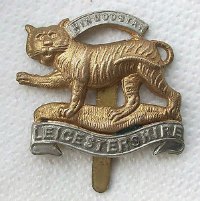
The Royal Leicestershire Regiment
201499 Private Cecil Bailie Gage Killips
Cecil Bailie Gage Killips and his brother William from North Luffenham both died in the First World War.
Cecil was born at Ballinasloe, County Galway, Ireland, on 12 April 1897, the son of Robert (a stud groom) and Hannah Killips who later moved to Rutland.
Cecil worked as a moulder and joined up on 26 March 1915, going to the Western Front on 17 March 1916 with the 1st/4th Battalion Lincolnshire Regiment. He fought in France and Belgium, and according to George Phillips “was a first class machine gunner and bomber.”
He was killed by a shell on 10 October 1917, at Lens, and was buried at Philosophe British Cemetery, grave II.V.3, one of ten Rutland soldiers buried there. Cecil is also remembered on the war memorial in North Luffenham.
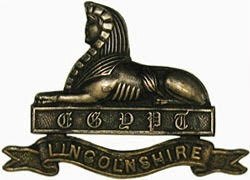
The Royal Lincolnshire Regiment
25892 Private William Killips
William Killips and his younger brother, Cecil (See above) from North Luffenham both died in the First World War. William was born on 31 August 1891, at Carrickfergus, County Antrim, Ireland, and was a railway booking clerk.
Although he was the older brother, he enlisted six months after Cecil on 11 November 1915, and went out to France on 25 August 1916 with the 9th Battalion, Leicestershire Regiment. He was killed in the Battle of the Somme exactly a month after arriving on the Western Front, on 25 September.
The 9th Battalion had formed up in front of Gueudecourt in New Trench and Gap Trench the night before. The attack was to be carried out on a two platoon frontage in eight waves, at 250 yard intervals. The battalion war diary reports:
“The morning was spent making final preparations for the attack. Enemy shelling not heavy and a few casualties were sustained. Waves formed up in front of trenches. Advance commenced…enemy immediately commenced an extremely intense and deep barrage. First two platoons of D Coy reached Gird Trench but sustained heavy casualties. All Coy officers becoming casualties…Remnants of first two waves of C Coy reached Gird Trench but owing to machine gun fire on the right and the brigade on the right having failed to take Gird Trench, the party were all killed or wounded.”
The diary says a tank supported by a bombing party eventually cleared Gird Trench and took more than 350 prisoners. William was killed at some point during the morning.
He does not have a known grave but is remembered on Panel 3A of the Thiepval Memorial. He is also remembered on the war memorial at North Luffenham.
40264 Private William Kirby
William Kirby was born around Christmas 1895 in Wakerley and was baptised in the village on 5 January 1896. By 1901, when he was five, his parents William Senior (A shepherd) and Marion had moved to North Luffenham. Altogether they had eight children. William’s father died young because in the 1911 census Marion is listed as a widow, still living in North Luffenham with him and his two youngest siblings.
William was working as a farm labourer when he enlisted in Oakham. He served with the 7th Battalion, Leicestershire Regiment and died in the Battle of the Somme on 28 September 1916.
His battalion had taken part in an attack on Gueudecourt two days previously and was occupying Gird Trench which had been captured from the Germans. The battalion war diary for the period between 27 and 29 September simply says:
“Battalion remained in the same position. Nothing of importance occurred during this period. 48 casualties were sustained through shell fire.”
William was presumably one of these. He has no known grave and is remembered on Panel 3A of the Thiepval Memorial and in North Luffenham Church. After the war, his mother was recorded by the Commonwealth War Graves Commission as living at 136, Dorset Street, Leicester.

You can read more about all 16 from North Luffenham who fell during WWI from the series of posts published this week.
A Service of Remembrance is being held in the Village Church at 10.45am on Sunday 13th November, where we will be joined by local military units and youth groups and will commemorate the contribution of British and Commonwealth military servicemen and women in the two World Wars and later conflicts.
Please help other local people find this page


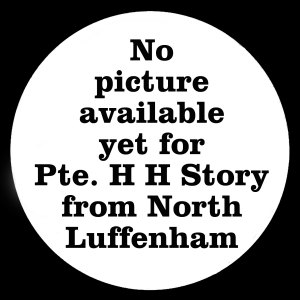
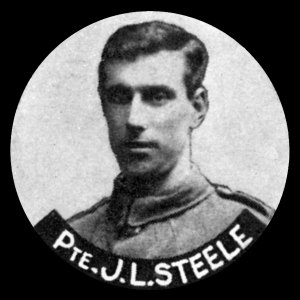
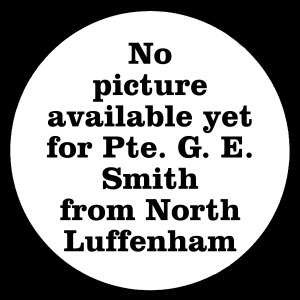
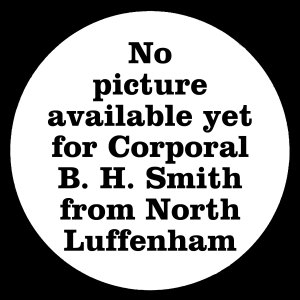
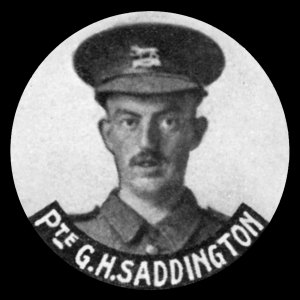
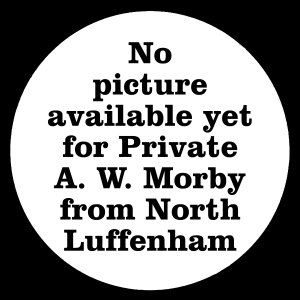
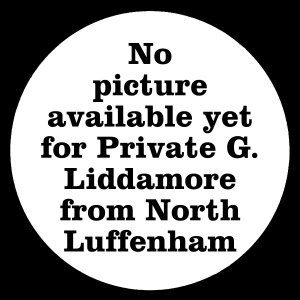
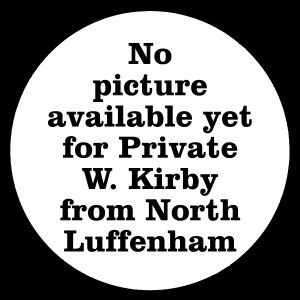
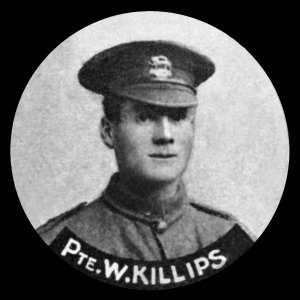
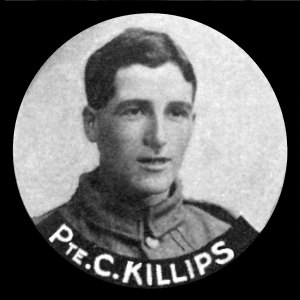
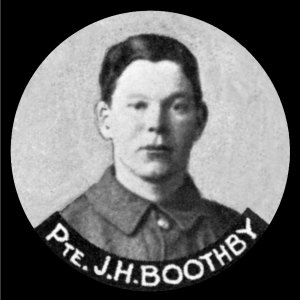
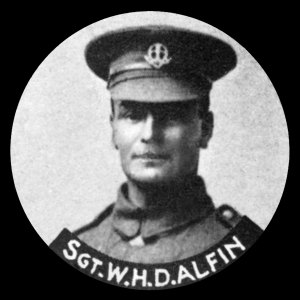
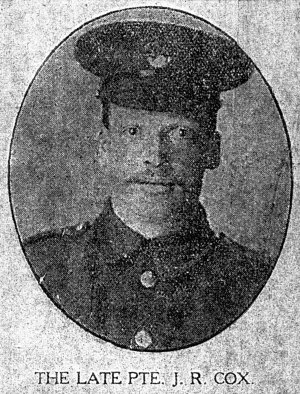
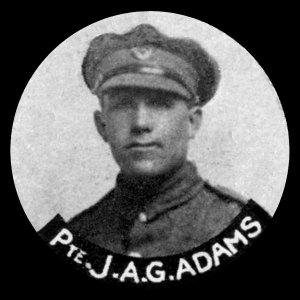
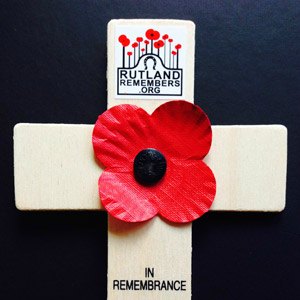

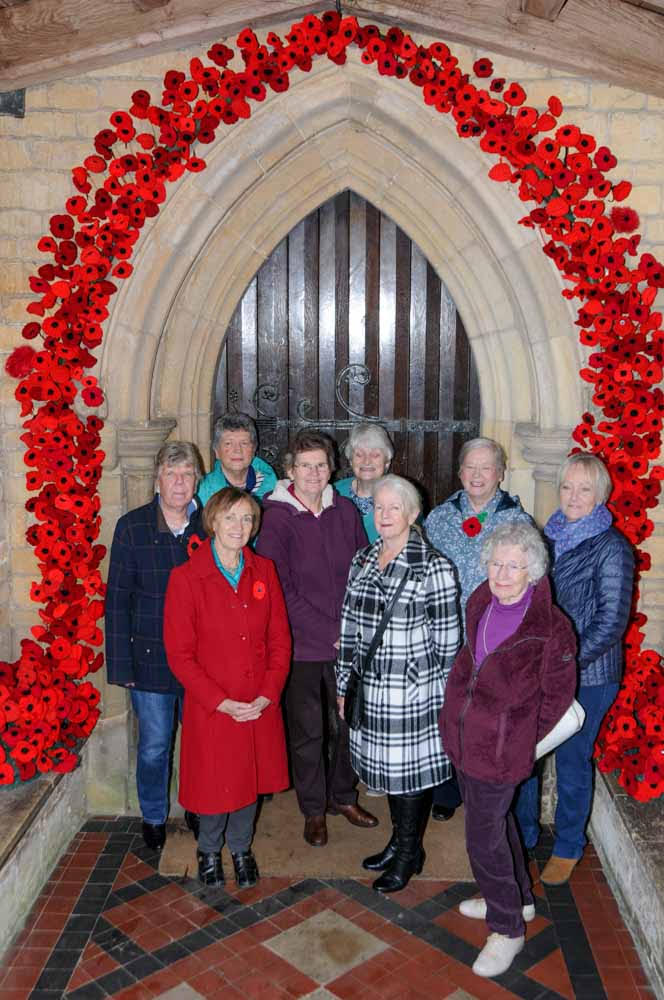
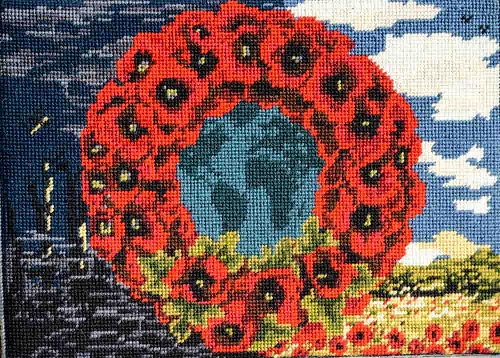
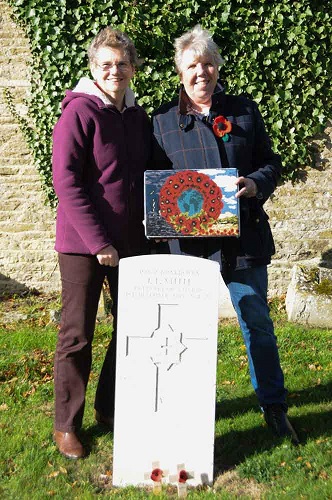


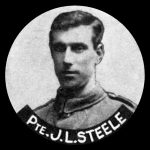

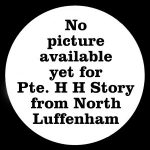
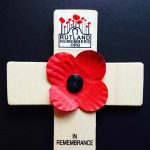
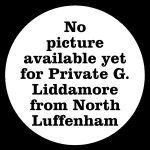
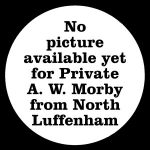
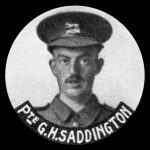
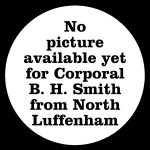
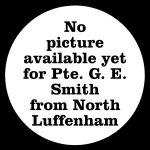
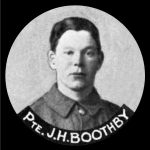

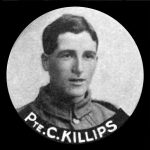

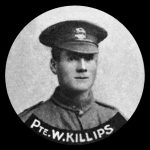

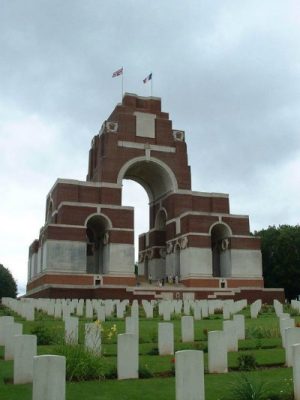
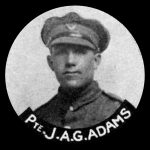
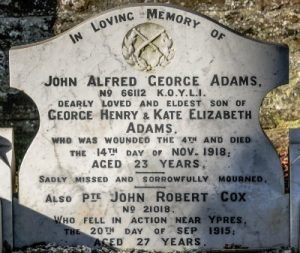
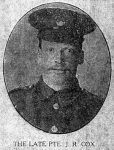
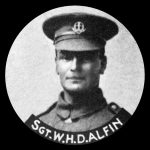
 Remembrance Day is being marked this year on Sunday 13th November. A Service of Remembrance is being held in the Village Church at 10.45am, where we will be joined by local military units and youth groups and will commemorate the contribution of British and Commonwealth military servicemen and women in the two World Wars and later conflicts.
Remembrance Day is being marked this year on Sunday 13th November. A Service of Remembrance is being held in the Village Church at 10.45am, where we will be joined by local military units and youth groups and will commemorate the contribution of British and Commonwealth military servicemen and women in the two World Wars and later conflicts.